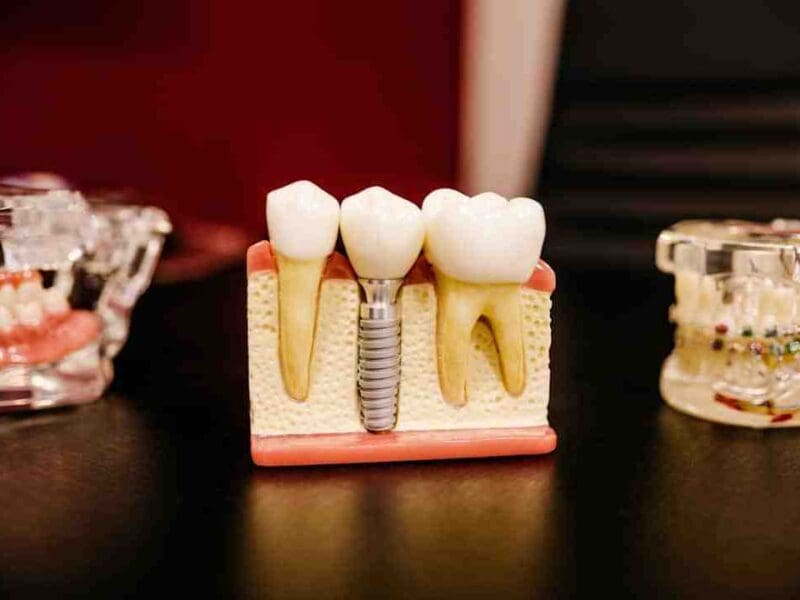
Causes of Ingrown Toenails and How to Treat It
Often, it is easier to take care of ingrown toenails alone. But if the pain becomes severe, a healthcare provider can take the necessary steps. This professional provides the best relief for discomfort and helps prevent complications due to ingrown toenails.
Ingrown toenail pain is disheartening and makes it harder to stand or walk. The good thing is that there are straightforward treatments and steps to avoid it from recurring. For someone with diabetes or an infected ingrown toenail, a dependable healthcare provider can help better.
What are the common causes of ingrown toenails?
There are different ingrown toenail causes, and most of them are avoidable. To learn more about these causes, below are a few of them:
1. Incorrect Foot Care
Cutting the nails with rounded edges and too short causes nail growth on the side of the toe. It then triggers an ingrown toenail because of incorrect foot care. To prevent this from happening, cut the nails straight across.
2. Toe Injury or Trauma
An accidentally stepped, crushed, or jammed toe can easily trigger cracking or splitting of the nail. The broken nail edges curl and grow in the toe’s flesh without proper trimming.
3. Due to Tight Shoes
Wearing ill-fitting or tight shoes can crunch the toes quickly. Because of this, the toenail will bend and develop around the nail. If the nail grows into the side of the toe, it results in ingrown toenails.
These shoes are unsuitable for the feet and alter the direction of the toenail growth. It is also possible to have an ingrown toenail with the following issues:
- Wearing tight socks that can pressure the toenails
- Picking or tearing the toenail corners
- Having sweaty feet (makes it easier for toenails to dig in)
- Having naturally curved edges of toenails
- Congenital (improper foot and nail shapes)
Ingrown toenails are becoming common in elders as the nails get thicker. These people are more likely to get infections due to circulation problems or diabetes.
How to Treat Ingrown Toenails with Surgery?
Consulting a doctor to treat the ingrown toenails is necessary if:
- An issue of diabetes
- Recurring symptoms
- Experiencing peripheral vascular disease
- Development of infection
If the pain remains, the doctor may recommend ingrown toenail surgery to remove a part or the whole nail. The first treatment option is partial toenail avulsion. The procedure includes the following:
- Getting an anesthetic
- One or both nail edges be removed
- Destroying the root of the nail (using phenol)
The doctor may prescribe antibiotics if there is an infection in the nail area. In most cases, the healing process takes more than a month.
The other surgical procedure is the total nail avulsion if the ingrown toenail recurs. The doctor removes the nail bed cells to prevent the toenail from regrowing. In total nail avulsion, here are the basic procedures:
- Getting an anesthetic
- Large parts or entire nails be removed
- Destroying the root of the nail (using phenol)
Because the toe feels tender after the surgery, medical experts often recommend pain relievers or paracetamol. It may take 1-2 months to complete the healing process.
Conclusion
It is best to get treatment during the first symptom to prevent severe ingrown toenails. Soak your ingrown toenails in warm water to soften the tissue and stop granulation. The infection must not spread, and remove the tissue using a recommended ointment.







